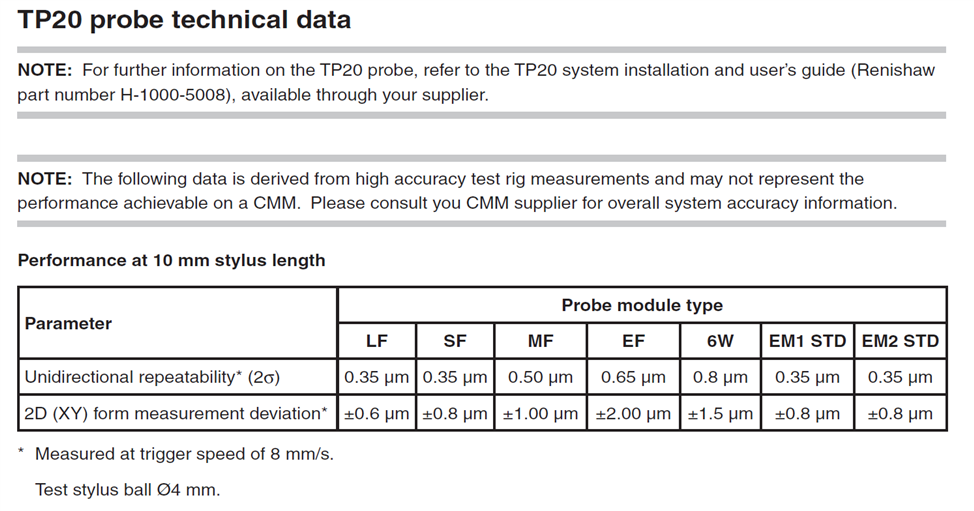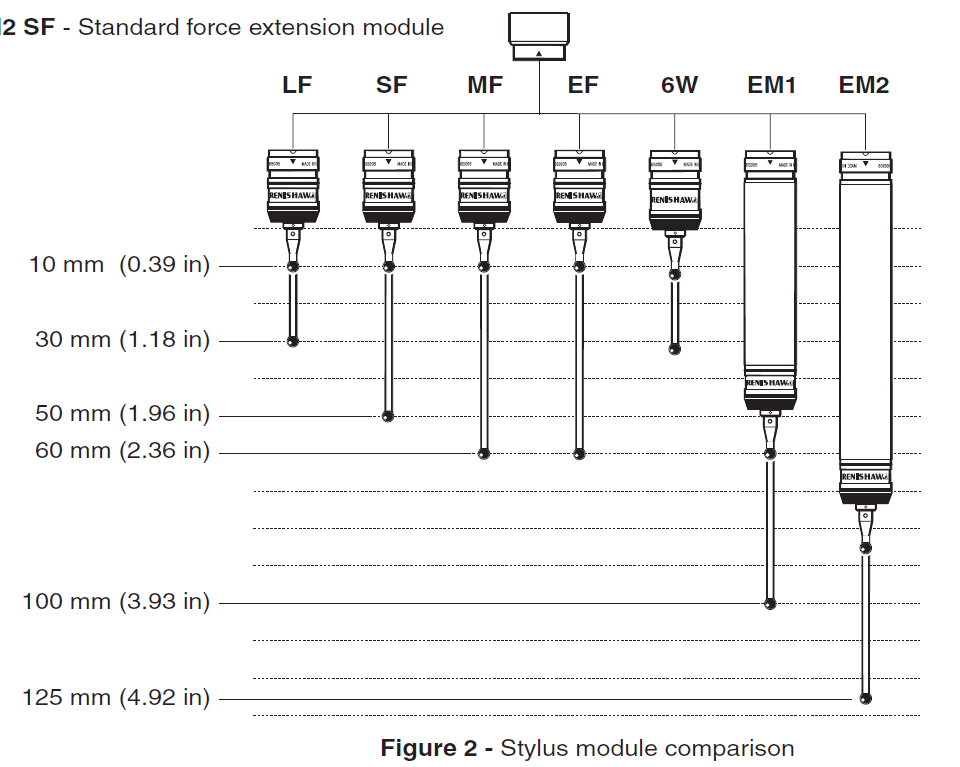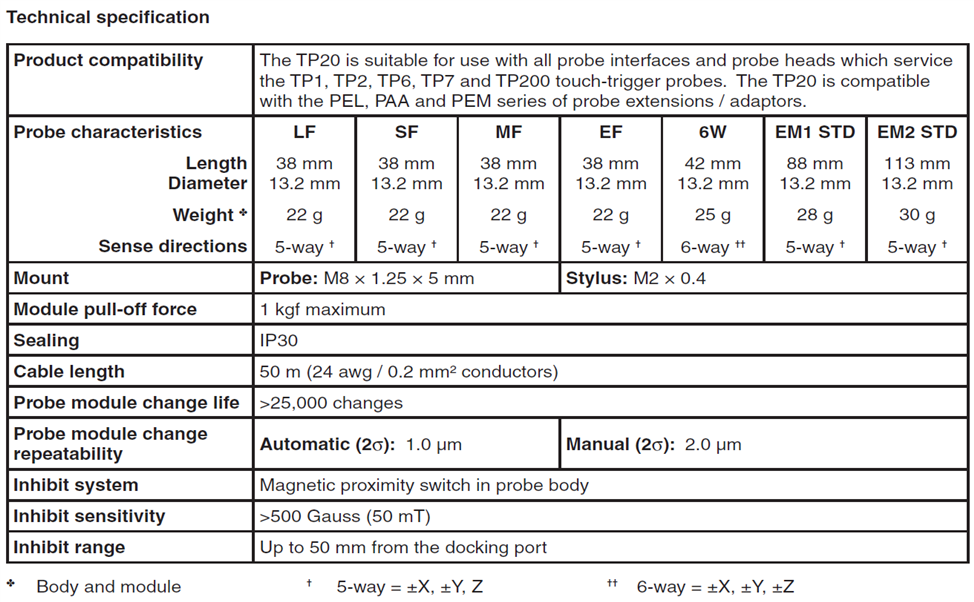Your Products have been synced, click here to refresh
Your Products have been synced, click here to refresh



4) The normal (Std/Med/Ext) force module aren't really designed for star / T configurations. You can get 6way modules that are (but really I try avoid star probes on TP20s)
In actuality, I'd say it's probably a combination of the above. Have you checked the repeatability (not moving the part) and without recalibrating?
| © 2024 Hexagon AB and/or its subsidiaries. | Privacy Policy | Cloud Services Agreement |